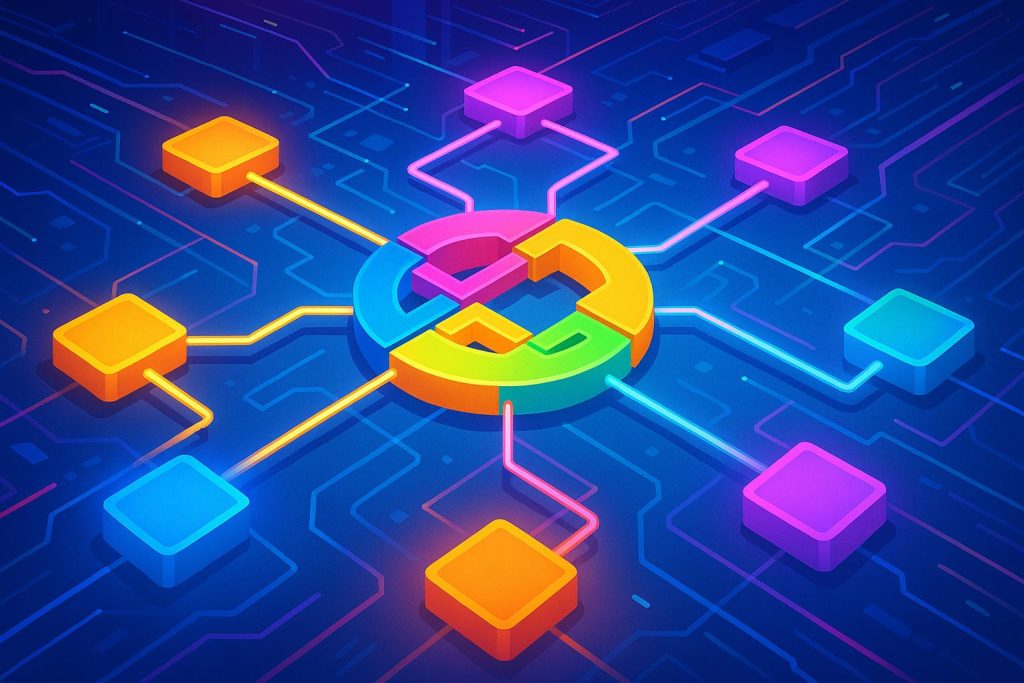Listen to the article
Microsoft has unveiled its new open-source Agent Framework, combining previous AI tools with innovative features like graph-based workflows and human-in-the-loop support to streamline the creation of sophisticated multi-agent AI systems across enterprise and experimental applications.
Microsoft has unveiled the Microsoft Agent Framework, an open-source software development kit (SDK) designed to foster the creation of intelligent, multi-agent AI systems with enhanced flexibility and control. This new framework brings together the pioneering features of two earlier AI development tools, Semantic Kernel and AutoGen, combining the robustness and enterprise readiness of the former with the simplicity and orchestration strengths of the latter. According to the announcement, the Agent Framework unifies these elements while adding novel capabilities such as graph-based workflows, checkpointing, and human-in-the-loop support, aiming to cater to both experimental prototypes and complex, production-level AI applications.
AI agents, the core entities within this framework, are autonomous units powered by large language models (LLMs). They can interpret user input, make decisions, interact with tools and Model Control Plane (MCP) servers, and generate outputs. The Microsoft Agent Framework supports multiple AI providers including Azure OpenAI, OpenAI, and other Azure AI services. These agents are complemented by features such as agent threads for managing state, context providers that enable memory functions, action interception via middleware, and integration with MCP clients. Use cases for these agents span various dynamic and often underspecified tasks in customer support, education, code generation, research assistance, and beyond.
A significant innovation in the framework is the introduction of workflows—graph-based orchestrations connecting multiple agents and functions to execute multi-step processes. These workflows support sophisticated features such as type-based routing, conditional logic, checkpointing for reliability, and human-in-the-loop interactions, along with multiple multi-agent orchestration patterns like sequential, concurrent, hand-off, and magnetic coordination. These capabilities make the framework highly suitable for structured, long-duration tasks requiring modularity and dependable operation.
Microsoft emphasises developer experience, offering installations for both Python and .NET environments. Migration paths are provided for developers currently utilising Semantic Kernel or AutoGen, facilitating a smooth transition to the new unified system. The framework is currently in public preview, with the company inviting feedback and contributions through its GitHub repository. It also warns users to carefully evaluate data sharing and compliance considerations when integrating with third-party servers or agents.
The Microsoft Agent Framework complements other SDKs in Microsoft’s ecosystem, such as the Microsoft 365 Agent SDK, which targets full-stack, multi-channel AI agents across platforms including Microsoft 365 Copilot, Teams, and external third-party services like Slack and Facebook Messenger. This SDK provides the tools to build trusted agents capable of orchestrating complex interactions across diverse communication channels. It offers fine-grained control over models and orchestration components, and is well integrated with AI services like Azure AI Foundry. The ecosystem supports sophisticated agent collaboration patterns, including concurrent and sequential coordination, human interaction, and flexible data transformations to adapt agent communication for different scenarios.
Microsoft’s move to unify these technologies under one framework reflects broader trends in AI development aimed at balancing experimental flexibility with industrial-grade reliability. By providing an extensible and scalable foundation, the Agent Framework seeks to streamline the development of AI agents capable of operating in diverse environments and meeting demanding operational standards. Developers interested in tapping into this innovation can access the open-source SDK, explore documentation, and engage with the community, driving the evolution of intelligent agent technology forward.
📌 Reference Map:
Source: Fuse Wire Services


